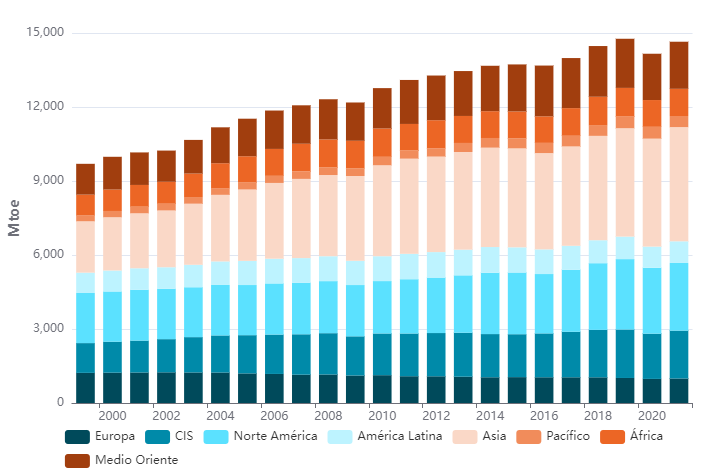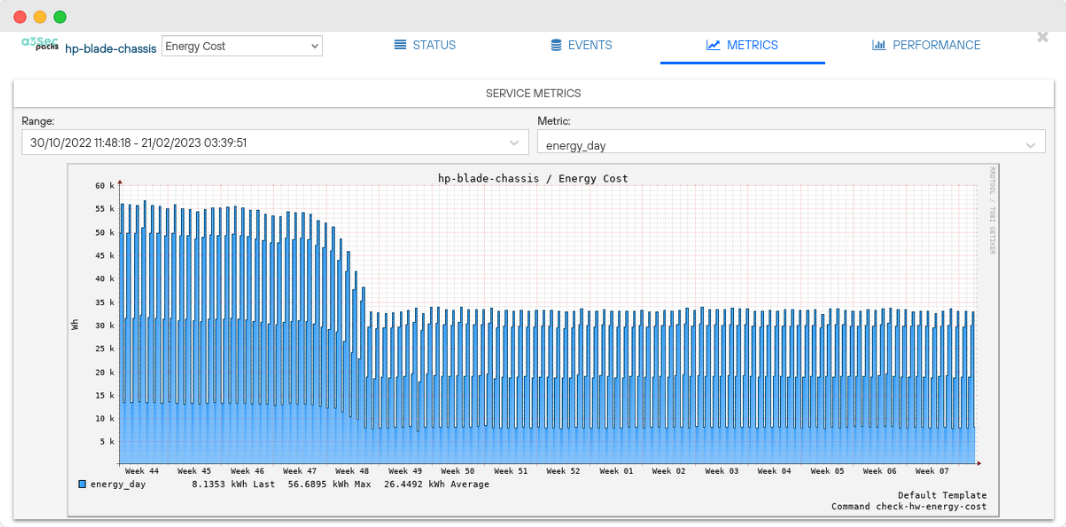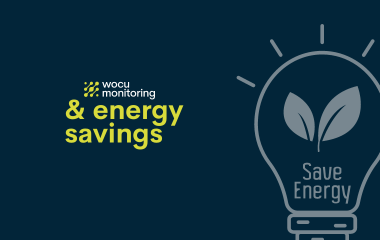Since the late 20th century, energy demand has been steadily increasing, except for two specific periods: the economic crisis at the end of the first decade of the 21st century and 2020 due to the COVID-19 pandemic.

Electricity generation still largely depends on fossil fuel consumption, exacerbating the already visible climate change.
The digitalization of society, especially the expansion of the Internet and all associated services, has led to increased energy consumption, currently estimated at 5% of global energy consumption. On the other hand, IoT or connected devices, which numbered 20 billion in 2023, will double by the end of 2025, increasing energy demand and exacerbating the problem of climate change, despite the rise of renewable or less polluting energy sources.
According to a report published by Schneider Electric, energy demand from ICT will double by the end of this decade.
Hardware manufacturers, development companies, and end-users alike must be aware that even the simplest action involving ICT has an environmental impact. As a society, we should perhaps consider a more rational use of technology, especially considering the data presented in the report published by the UN. They confirm that the time to reverse this situation is running out. In this less than rosy scenario, all stakeholders must focus on sustainability and actively work on policies and initiatives grouped under the acronym ESG.
Some of the major companies in the sector (Amazon, AT&T, Google, Microsoft, Orange, and Verizon) have committed to reducing their carbon footprint by at least 50% by 2030. This is an important step, and it is hoped that this initiative will encourage more companies to implement similar measures.
What Can a Software Manufacturer Contribute?
In this globalized world, everything is interconnected, and actions taken by one economic sector have repercussions on the rest of the economy and society.
Imagine that the largest mobile phone manufacturer on the market releases a model that consumes much less energy than all current mobile phones, to the point where it is not necessary to charge the battery more than once or twice a month. The savings on a single device would be negligible, but if multiplied by millions of devices, the savings would be enormous.
In the case of enterprise software, which usually runs on large servers housed in cabinets installed in corridors of enormous data centers, maintaining an optimal working temperature artificially, achieving a significant reduction in energy consumption for a single program would result in a significant reduction in energy demand.
An optimized server with software requires less processing; therefore, processors consume less energy to perform the same work and generate less heat, reducing the speed of the chassis fans that dissipate less heat to the room. This reduces the power of the air conditioning units that cool the room. Now think about what applying these efficiency improvements would mean for the several million servers that are continuously connected around the world.
Optimization and Energy Savings: WOCU-Monitoring’s Daily Mission
In version 51 of WOCU-Monitoring, a significant change was included in the Python library used to perform remote checks on network devices, the most used in most services in our extensive catalog of Monitoring Packs. In the study, which lasted several months, work was done to optimize performance and reduce energy consumption. The release notes for this version explain what this change consisted of.
As a result of the change, we have achieved a reduction in CPU resource consumption on WOCU-Monitoring servers deployed at our customers’ premises.
Thanks to the energy consumption monitoring pack, we have been able to relate the decrease in CPU resource consumption to a significant saving in energy consumed by the servers hosting WOCU-Monitoring infrastructures.

In the above graph showing daily energy consumption, you can see the decrease in consumption at the time of updating WOCU-Monitoring from a version prior to V51. In this case, the chassis goes from consuming about 55 kWh per day to consuming about 30 kWh, almost half.
At WOCU-Monitoring, we strive to contribute our part and align ourselves with the ESG policies of our main clients to reduce our carbon footprint.




